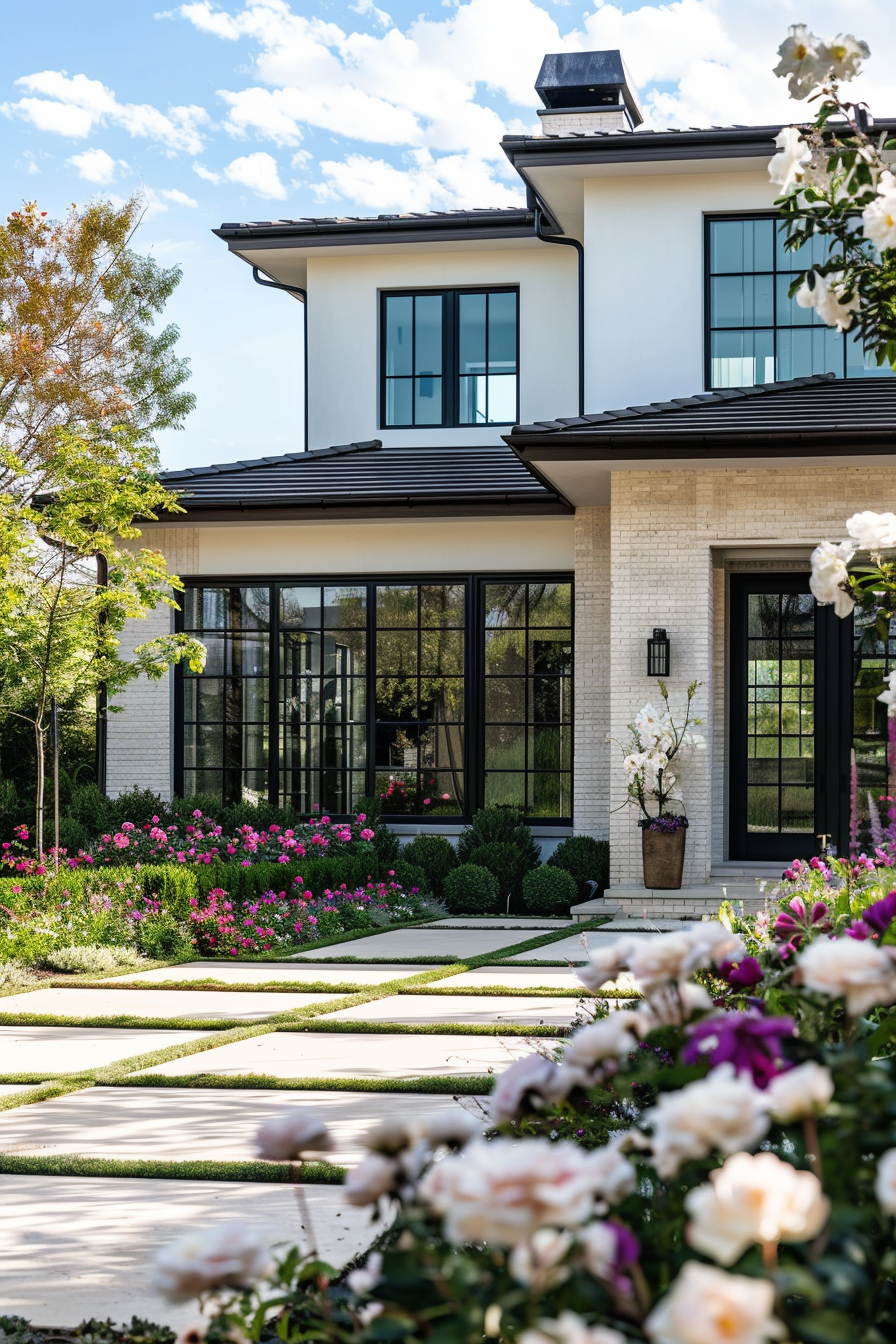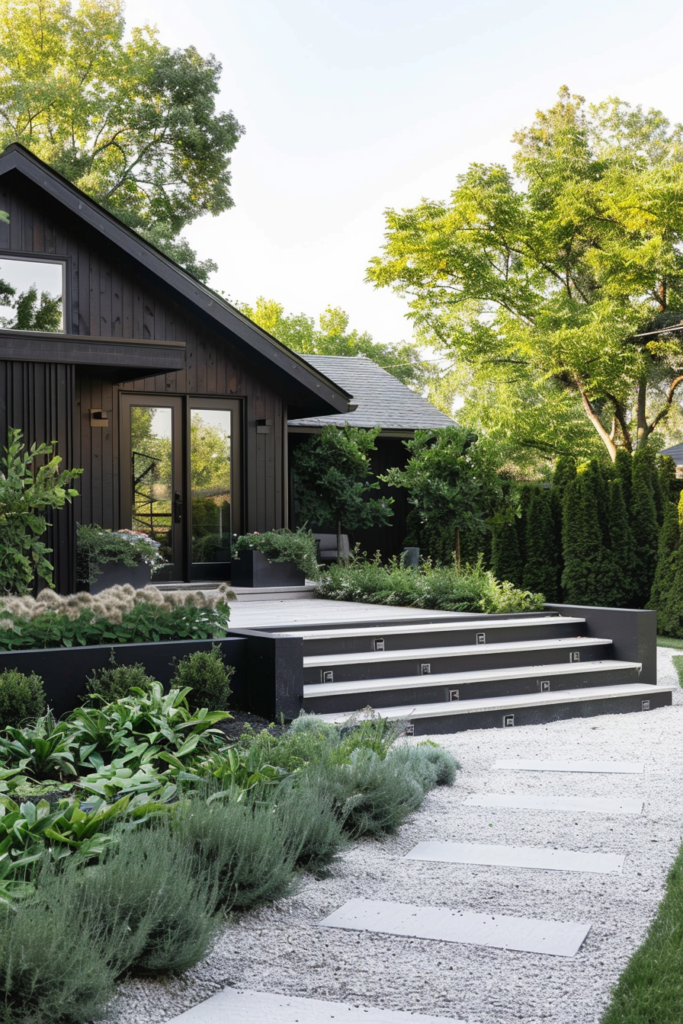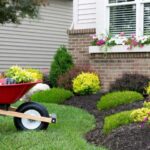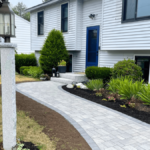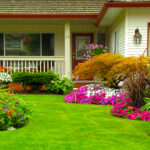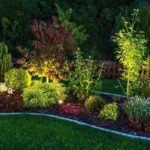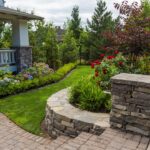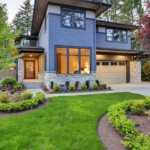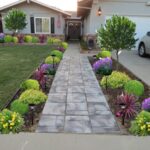Landscaping plays a significant role in the overall curb appeal of a home. A well-maintained and aesthetically pleasing landscape can greatly enhance the attractiveness of a property and create a positive first impression for visitors and potential buyers. There are several key elements to consider when designing and maintaining a landscape that enhances curb appeal.
One important aspect of landscaping curb appeal is the selection and placement of plants and trees. Choosing a variety of plants that bloom at different times of the year can ensure that there is always something in bloom to add color and visual interest to the landscape. Additionally, plants should be strategically placed to highlight the architectural features of the home and create a cohesive and balanced look.
Incorporating hardscape elements such as walkways, patios, and retaining walls can also enhance the aesthetics of a landscape. These features can add structure and definition to the outdoor space, as well as provide opportunities for outdoor living and entertaining. Choosing materials that complement the style of the home and surrounding landscape is key to creating a cohesive and visually appealing design.
Regular maintenance is essential to preserving the curb appeal of a landscape. This includes tasks such as mowing the lawn, pruning shrubs and trees, and weeding flower beds. Keeping the landscape well-maintained not only enhances its appearance but also helps to prevent issues such as overgrown plants and weeds that can detract from the overall aesthetic.
Lighting can also play a key role in enhancing landscaping curb appeal. Well-placed outdoor lighting can highlight key features of the landscape, create a welcoming ambiance, and increase visibility and safety at night. Pathway lighting, uplighting for trees and architectural features, and decorative fixtures can all contribute to a well-lit and visually appealing landscape.
Finally, incorporating sustainable landscaping practices can not only enhance curb appeal but also benefit the environment. Choosing drought-tolerant plants, installing a rain garden to capture and filter rainwater, and using organic fertilizers and pest control methods are all ways to create a more eco-friendly landscape. These practices not only reduce the environmental impact of a landscape but can also save time and money on maintenance in the long run. By incorporating these elements into a landscape design, homeowners can create a visually appealing and sustainable outdoor space that enhances curb appeal and adds value to their property.
